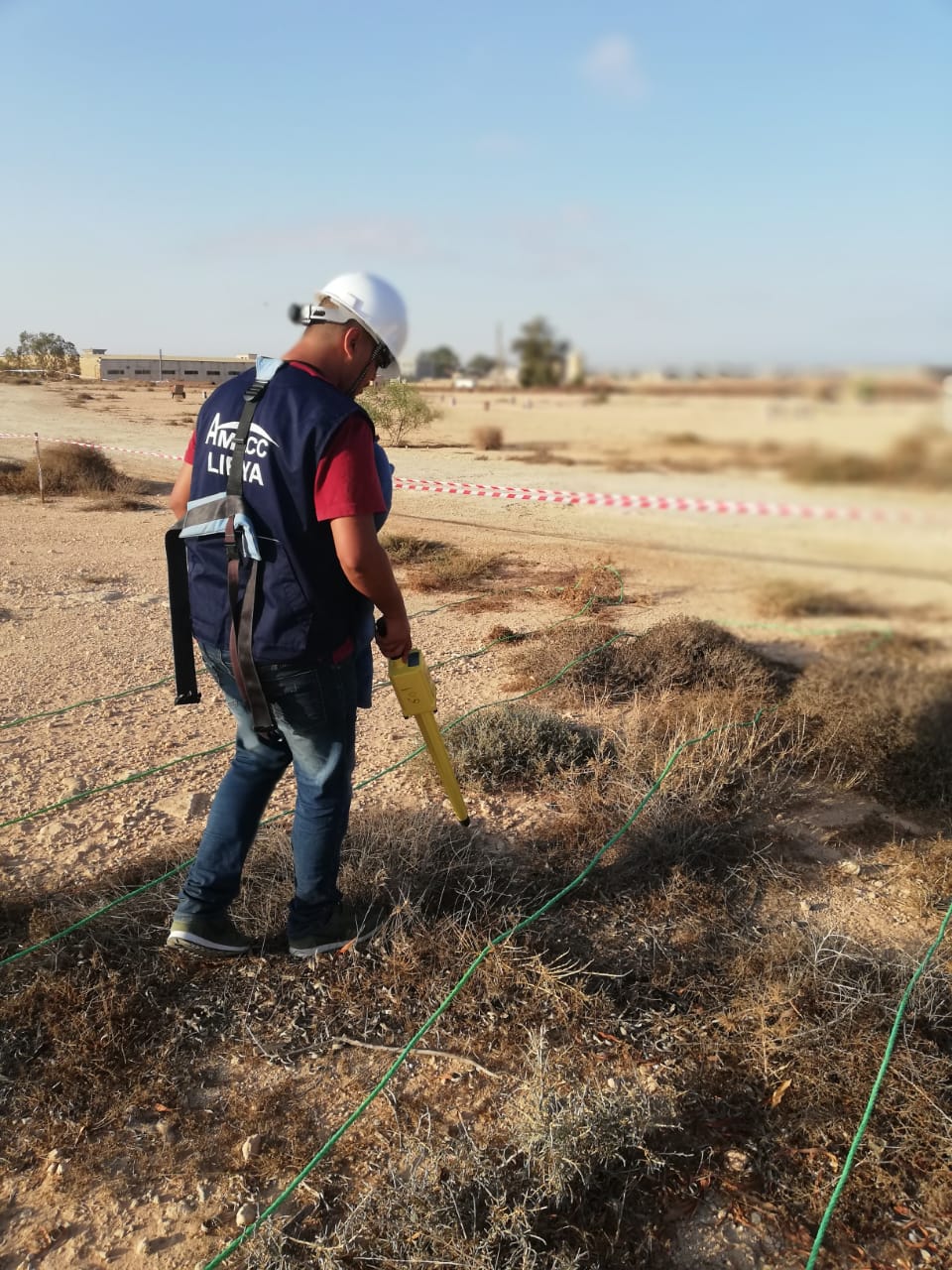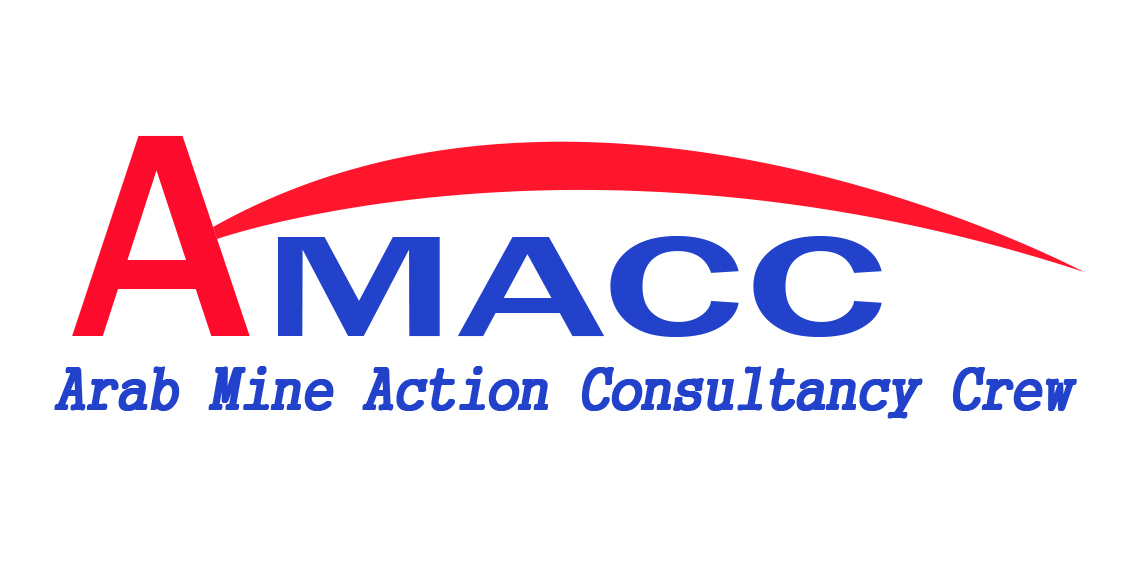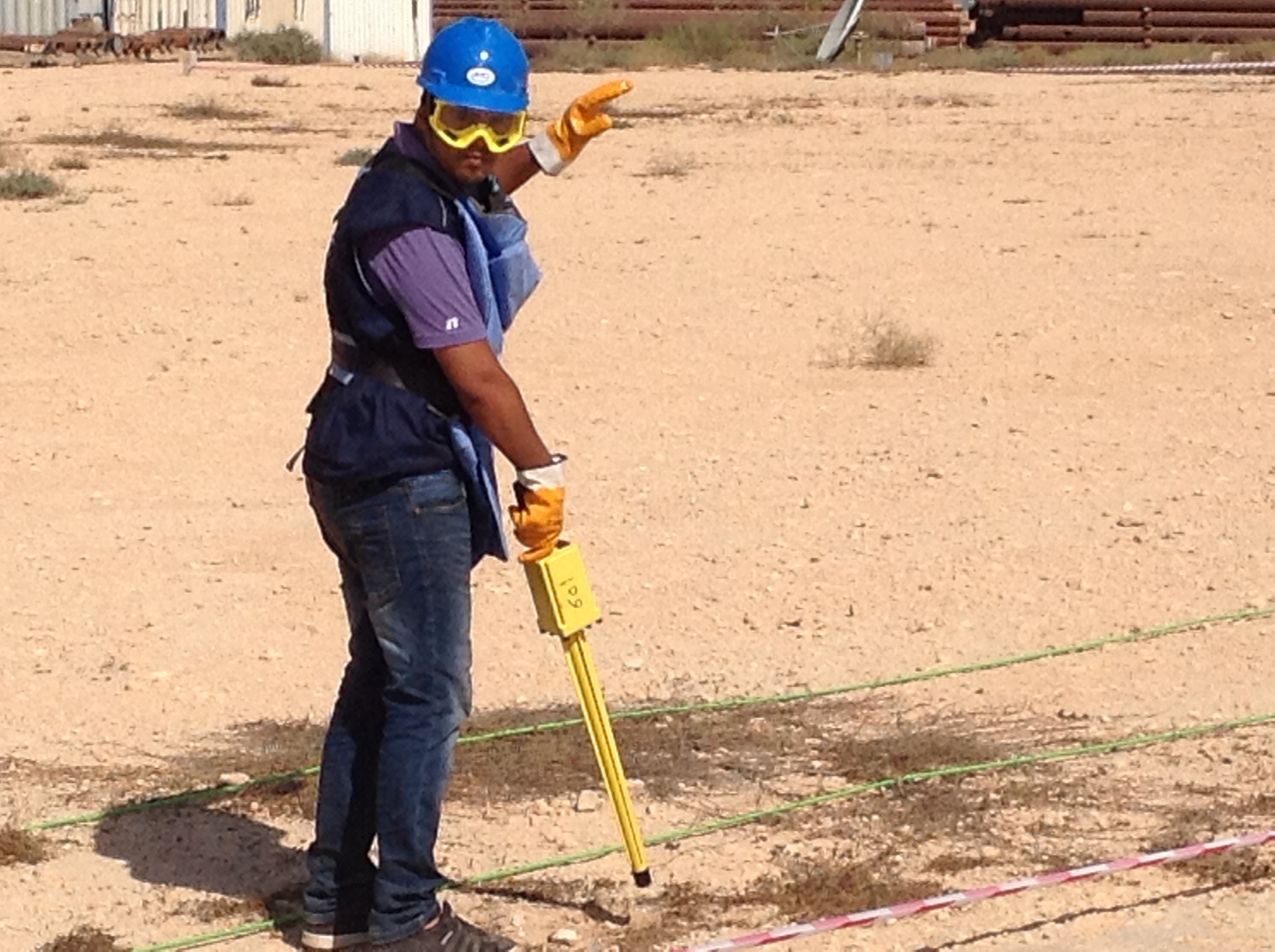Mine Action Clearance Operation, is the removal of all mines and ERW to a specified depth. That depth must be determined during the task assessment, the clearance operation can be divided into two categories:
- Demining – mine-clearing: The process of detecting and removing laid mines by manual or mechanical means, demining refers to the complete removal and destruction of all landmines/UXO in an area to safeguard the civilian population. Demining: localization, identification, and destruction
- Battle area clearance: The systematic search, detection, and removal of all items of ordnance and munitions from a specified land area that is known to be free from landmines and it can be implemented in two ways:
- BAC - Battle-Area-Clearance: A visual search process that raises confidence that an area is free from EO without applying full Clearance processes. BAC cannot be used where the Task Assessment determines that there may be any anti-personnel mines or pressure-sensitive devices.
- BACS – Battle-Area-Clearance Subsurface: A rapid search process involving the use of metal-detectors that raises confidence that an area is risk-free from ERW without applying full Clearance processes. BACS cannot be used where the Task Assessment determines that there may be any anti-personnel mines or pressure-sensitive devices.
- Explosive Ordinance Disposal (EOD) activities Explosive Ordnance Disposal (EOD) involves the disposal of Explosive Ordnance (EO), including mines and Explosive Remnants of War (ERW).



